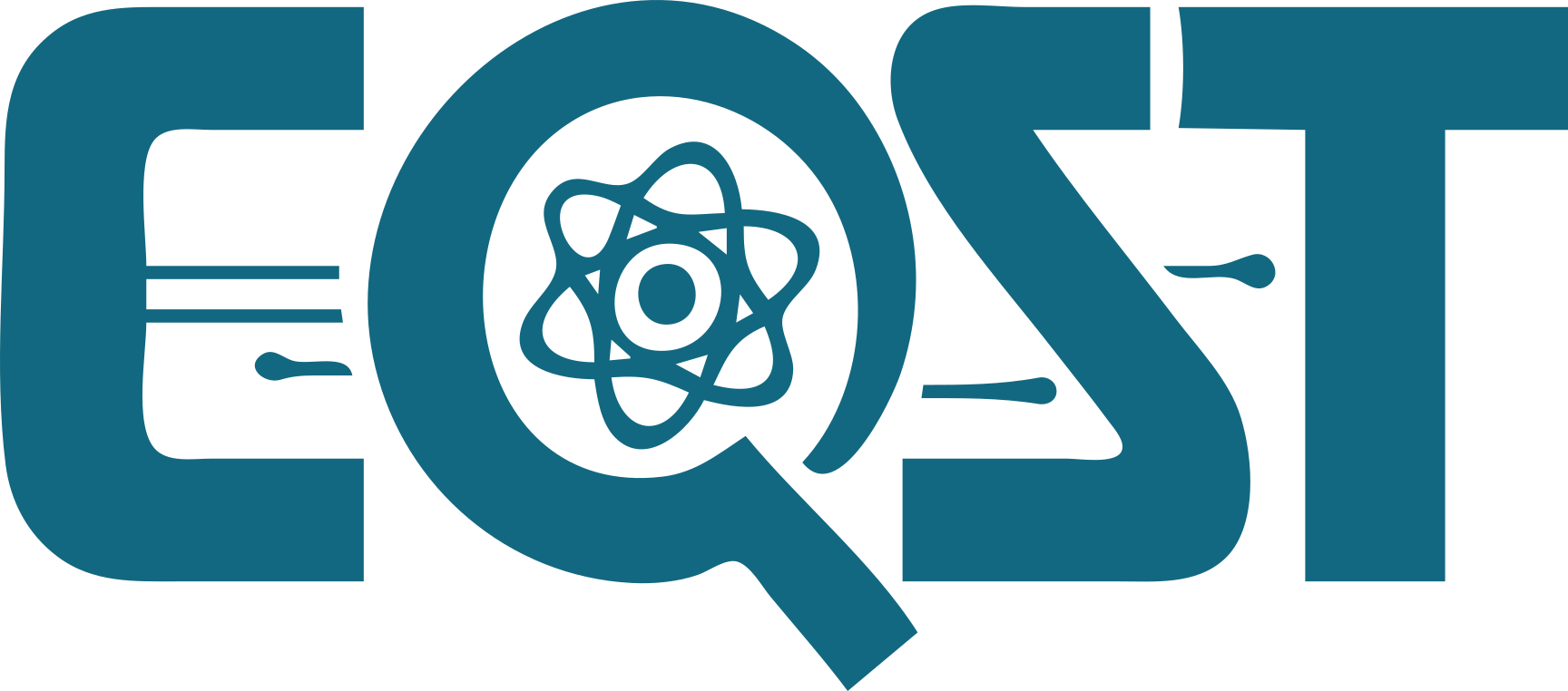Quantum science and technology broadly refers to the relatively new and rapidly advancing field at the intersection of quantum physics and computer science. At CQST, we focus primarily on theory but sometimes collaborate with other groups to contribute to experiments.
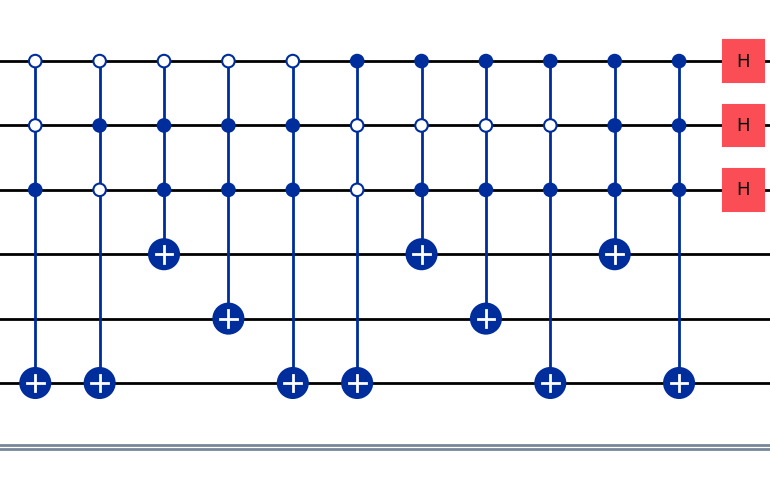
Quantum Algorithms
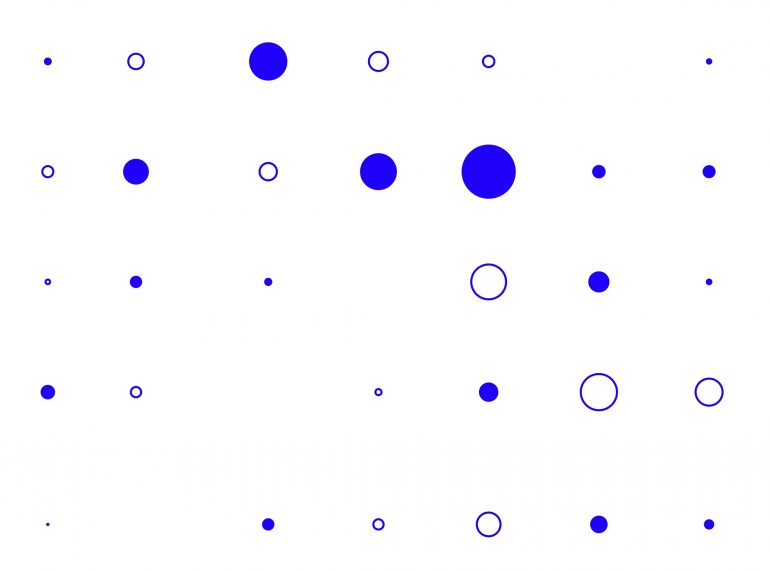
Quantum Cryptography and Foundations
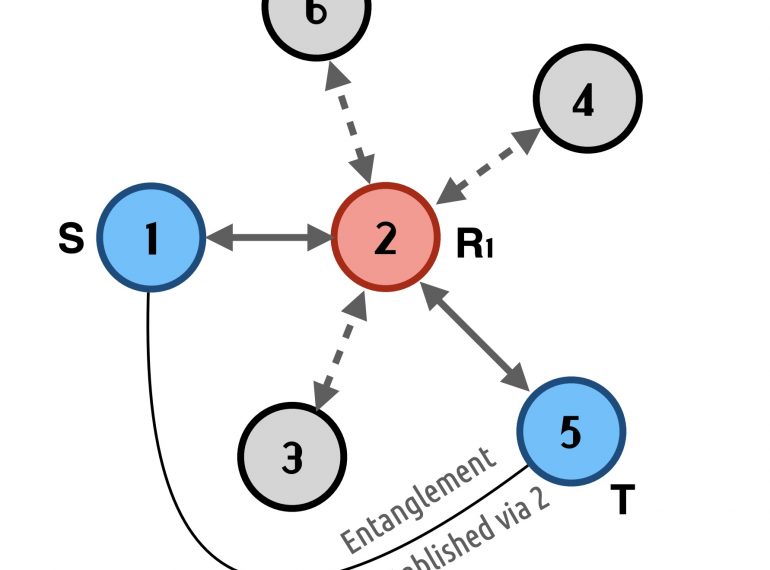
Quantum Networks
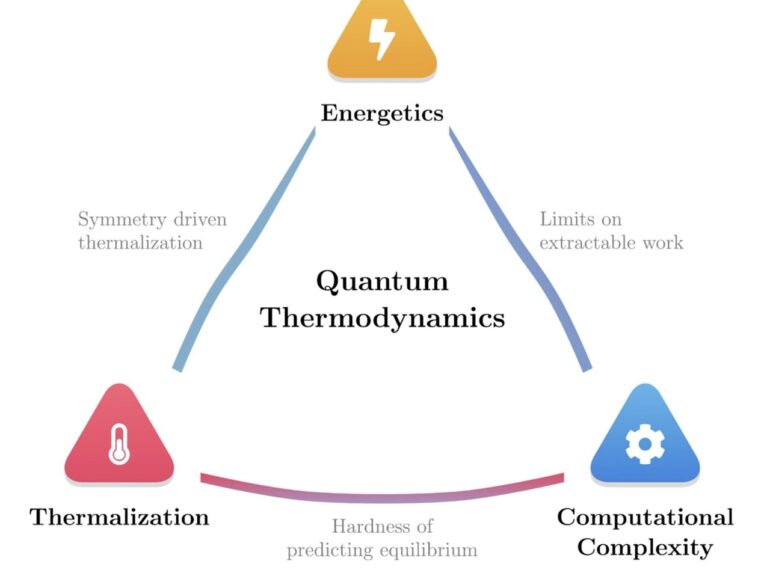
Quantum Thermodynamics: Energetics, Complexity, and Thermalisation
For those unfamiliar with the field, we briefly describe the origin of what we now call Quantum Science and Technology.
Quantum Physics
Quantum physics, a priori, has nothing to do with computing. It was gradually developed over the years, to explain the spectra of various atoms and culminated in the celebrated Schrödinger equation (circa 1926). Later, this quantum formalism was extended to work well with special relativity and that effort culminated into the formation of the now celebrated “standard model of particle physics’’—which describes all fundamental particles and forces in physics (with the exception of gravity).
Theory of Computing
On the other extreme, incredible progress was made in our understanding of Nature from a seemingly unrelated point of view—from the lens of computing. Alan Turing’s invention of the abstract notion of the Turing machine (circa 1936) may be seen as one of the profound milestones that ushered in the era of theoretical computer science. Turing, famously, led the effort that eventually broke the German enigma machine. This effort relied heavily on computers and abstracting the notion of computers and their abilities was thus a crucial and natural question to answer.
Information and Security
Not long after, Shannon’s landmark paper (circa 1948) started the age of information. Historically, the question of “information” was of interest to Shannon because communication channels were very noisy and it was not even clear if one could precisely capture the notion of “information” as we use it in everyday language. In fact, not only were these channels noisy, they were not secure either. The connection between information and security was also established by Shannon (circa 1949). Modern cryptography is largely based on computational hardness assumptions, so already, the interplay between these fields has led to advances which are inextricably woven into our daily lives.
Quantum Science and Technology
In hindsight, all of these notions—computing, information, communication and the underlying physical devices that accomplish these—have a very strong connection. However, one of the key achievements of any good discipline is to abstract away things that are not of interest in that study while developing the language and tools to describe and analyse the objects of interest. For instance, in information/communication, one often abstracts away the physical state of the object (encoding/carrying the information) into bits: sequences of zeros and ones. When the channel carrying these bits is noisy, one can model the state of the system as a probabilistic mixture of these bits. The astute reader would know where we are headed with this: quantum physics breaks this abstraction.
It turns out that the physical state of a system that we were describing as a “bit”, is utterly inadequate when one can isolate this system to expose its true quantum nature. It turns out that the correct abstraction of such a system is in terms of “qubits”. We list some excellent introductions to this topic later and do not attempt a more technical description here. We caution the reader of a few prevalent misconceptions: (1) Indeed, the state of a quantum system can be in “superposition” but this does not mean that all possible computations can be performed at once to find the best answer. (2) Quantum mechanics is not mysterious—insofar as the mathematical description of the subject is concerned. There is no clear consensus on interpreting certain aspects of this theory but those can be relatively cleanly separated into a different discipline. (3) There are simple physical systems, such as electrons in an ion, photons in a laser, etc. whose description can be mapped exactly to “qubits”, i.e. while we do not explicitly say what a qubit is, it is describing a concrete physical entity and not some ephemeral ill-defined notion.
Landmark Results
While all of this risks sounding like an academic curiosity, very early on, it was found that using the “qubit” abstraction results in provable real world benefits, compared to the “bit” abstraction. In 1984, it was established by Bennet and Brassard that “key distribution” is possible with “information theoretic security” (as introduced by Shannon) if one uses “qubits” instead of “bits”. This is known to be impossible with “bits”. (There are small subtleties about authentication channels that we ignore for now.) In 1996, Grover established that searching an unstructured dataset using “qubits” is quadratically faster than searching using “bits”. In the following year, 1997, Simon gave formal evidence supporting a separation between BPP (the class of problems an efficient “bit”-based computer solves) and BQP (the class of problems an efficient “qubit”-based computer solves). In 1999, Shor’s famous algorithm was published that provably factors integers in polynomial time. This is perhaps the strongest evidence we have to show that efficient classical computers (“bit”-based computers) are strictly weaker than efficient quantum computers (“qubit”-based). This is because factoring is a well-studied ancient problem (identified as a fundamental problem of arithmetic by Gauss in 1801) and yet, to this day, we do not have an efficient factoring algorithm. And this is not for lack of trying—a large part of cryptography used in modern systems, until about a few years ago, largely relied on the hardness of factoring. Google for instance, started moving to quantum-secure or “post-quantum” cryptography, only towards the end of 2022.
Our Focus
These results launched the field of quantum science as we know it. Since then, the field has matured rapidly and ever-more-sophisticated results are being discovered. At our centre, we work on nearly all specialisations within the field, from CS-heavy topics like quantum algorithms and cryptography to more physics leaning topics such as quantum thermodynamics.
Last edited: Sep 20, 2025
Contributor(s): Atul Singh Arora
